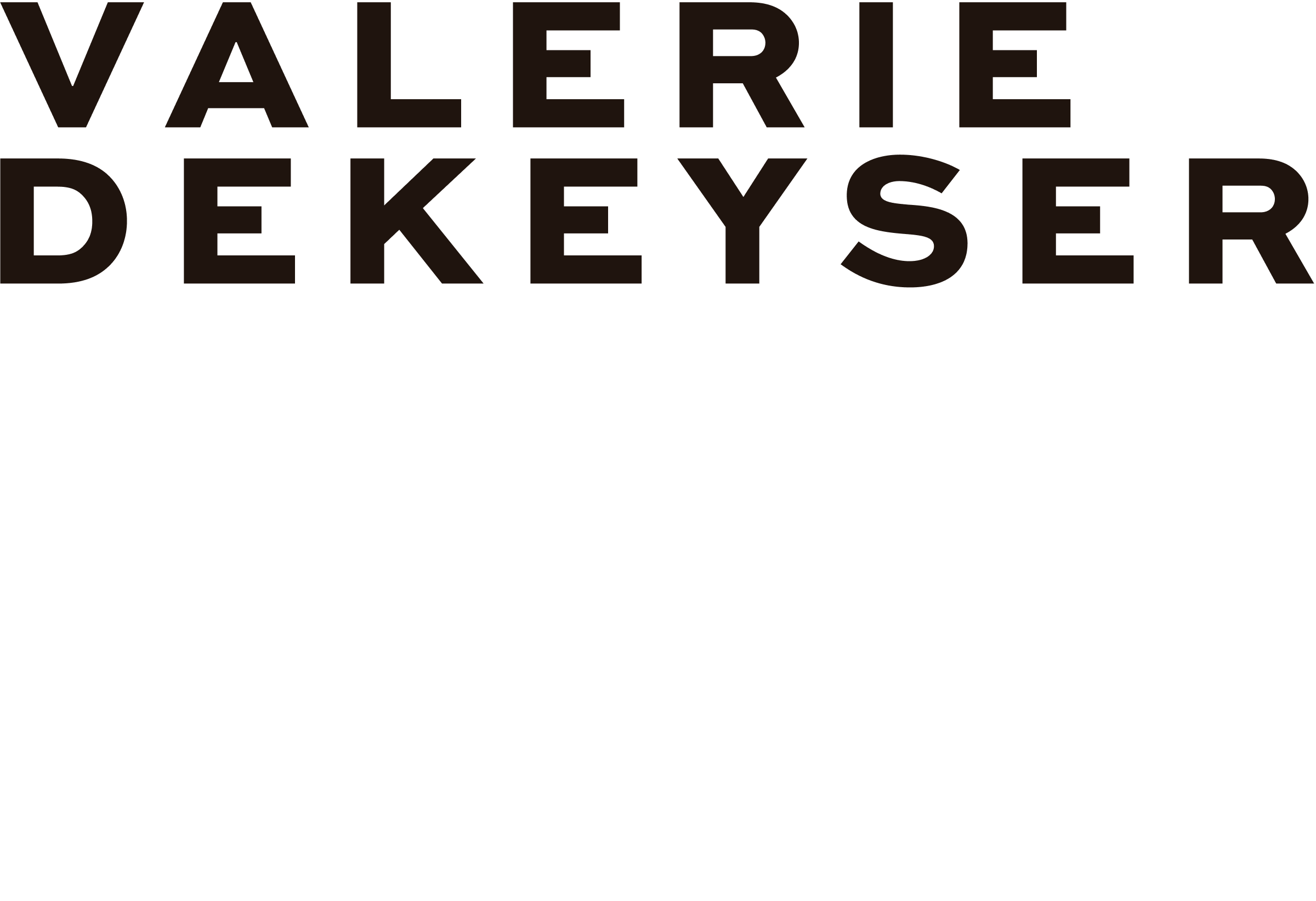
CREAM BY DEKEYSER
PRODUCT DESIGN DEVELOPMENT
Glass Vase Line
OVERVIEW
From aerospace-inspired compounds to Italian silks and boatbuilding techniques, CREAM by DeKeyser developed into a distinct product line.
CONCEPT & DEVELOPMENT
CREAM by DeKeyser was conceived as a collection of sculptural glass vases that merged material innovation with everyday function. Designed to be visually striking and commercially viable, the line occupied a unique space: refined enough for collectors, accessible enough for luxury home environments.
With a proprietary fabrication process developed entirely in-house, the vases stood apart for their saturated color, high-gloss finishes, and deliberate visual tension—appearing ceramic at first glance, and revealed as glass upon closer inspection.
The line was deliberately positioned between the art and home-décor markets, appealing to both collectors and design-forward consumers.
MATERIAL INNOVATION & PROPRIETARY PROCESS
The catalyst for CREAM came from childhood memories of my dad building the hulls of fiberglass boats. Watching the layering, bonding, and finishing at work became the unlikely spark for exploring material application.
As development progressed, I addressed UV exposure—one of the most aggressive degraders of surface color—by consulting NASA engineers and devising a custom compound to prevent fade over time. With that formulation and extensive testing, I developed a proprietary method of bonding impervious glass with Italian silks and other richly pigmented, even textured, textiles.
Each piece Is hand-signed, cataloged, and meticulously finished in-studio.
While refining the materials and production process, I also conducted targeted research into buyer expectations, pricing thresholds, and the competitive landscape across boutique and design retail. This included trend analysis, margin modeling, and buyer profiling—ensuring the line aligned with both production realities and aesthetic standards.
The research helped define everything from scale and price point to finish level and packaging, positioning the collection to resonate with luxury retail buyers and consumers with a strong eye for interiors and form.
That insight led to a key decision: to design the line for dual-market appeal. CREAM vases were created to live in two spaces simultaneously—the art gallery world and the high-end home decor market. The pieces sold in museum gift shops, design boutiques, furniture showrooms, and were used by stylists and interior designers alike, drawn to the line’s distinctive presence and versatility.
MARKET RESEARCH & PRODUCT POSITIONING
RETAIL STRATEGY, PLACEMENT, & PRESS
As CREAM entered the market, I refined key elements of the brand strategy to ensure it met buyer and consumer demands. I adjusted pricing models, streamlined packaging, and reworked how the line was displayed in-store—tailoring materials and presentation to align with different retail environments.
As orders scaled and the brand matured, I created all sales materials and worked with showroom reps to support placements, while select showrooms—like Jules Seltzer Associates—launched their own in-store displays, catalog features, and ad campaigns that positioned the line as “works of art.”
Without any formal press outreach, the work drew attention on its own. Coverage included:
- InStyle
- LUXE Magazine
- Los Angeles Times Magazine
- Marie Claire
- Good Housekeeping
- Inside Weddings
- Florist Review
- Marie Claire
- Feature on Fine Living Network
Retailers included Fred Segal, LACMA, the Long Beach Museum of Art, and the W Hotels. Buyers across industries—furniture, fashion, hospitality—responded to the line’s refined aesthetic, adaptability, and retail readiness.
I created and launched the CREAM line—combining material innovation, technical invention, and a distinct point of view. From concept to shelf, I built a product that balanced design integrity with the realities of production, branding, and rollout.
The line gained international reach, drew critical press, and sold consistently in design-forward showrooms.
For me, it remains a benchmark—not only for its market impact but for what it taught me: how to think as both designer and marketer.
It became the foundation for everything that followed.


















